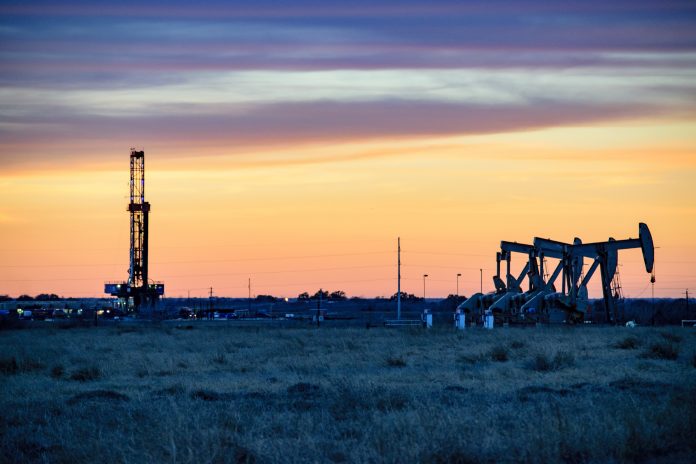
Questioning the current consensus of how methane is captured in rock, a Los Alamos Laboratory research team released a more efficient approach to retrieving that advantageous gas.
“The most challenging issue facing the shale energy industry is the very low hydrocarbon recovery rates: less than 10% for oil and 20% for gas. Our study yielded new insights into the fundamental mechanisms governing hydrocarbon transport within shale nanopores,” said Hongwu Xu, a Los Alamos National Laboratory’s Earth and Environmental Sciences Division author. “The results will ultimately help develop better pressure management strategies for enhancing unconventional hydrocarbon recovery.”
Locating and extracting methane gas
Shale reservoirs are great in-depth and serve as homes to natural gas. The retrieval process can be daunting due to a decrease in shale permeability and transparency, which often appears in later stages of a well’s life. Usually less than 5 nanometers, the pores are extremely tiny and are, therefore, difficult to comprehend. The efficiency of methane recovery is highly dependent upon a thorough understanding of hydrocarbon retention mechanisms. During well operation, the management of pressure can be harnessed to manage the efficiency of production.
The Los Alamos research team discovered an alternative to the current process. Molecular dynamic simulations were combined with novel in situ high-pressure small-angle neutron scattering (SANS) in order to observe the behavior of methane in the Appalachian basin’s Marcellus shale. Their goal was to improve the understanding of gas transport and recovery as pressure is amended to withdraw the gas. The investigation’s main focal point was the interaction itself between the methane gas and the rock kerogen, where hydrocarbons are typically found.
Study findings
- Dense gas is stored in smaller, common shale nanopores because of kerogen deformation.
- Evidence was presented that the deformation truly exists.
- The team proposed a methane-releasing range of pressure that has an incredible impact on the recovery of methane.
- These developments assist in improving optimization strategies to increase natural gas production.
- The findings also provide for a better comprehension of fluid mechanics.
Comparative process
Two pressure cycles were compared while studying methane behavior. Because it was widely believed that applying increased pressure increments of injected fluids into fractures would increase the recovery of gas, peak pressures of 3000 and 6000 psi were used. The research team found that methane behavior can occur in tiny nanopores of the kerogen. The pore increase of methane was discovered to be elastic up to the 3000 psi peak pressure; however, it then became plastic at 6000 psi, and the effect was irreversible. As a result, obtuse clusters of methane that developed in the sub-2 nanometer pore were identified as being trapped. These particular methane clusters account for 90% of the evaluated shale porosity.
Research and funding contributors
The Los Alamos study was a collaborative effort of participants in research, as well as funding:
- Department of Energy’s Office of Fossil Energy
- National Energy Technology Laboratory
- Los Alamos National Laboratory Directed Research and Development program
The research paper, “Reduced Methane Recovery at High Pressure Due to Methane Trapping in Shale Nanopores,” was authored by Chelsea W. Neil, Mohamed Mehana, Rex P. Hjelm, Marilyn E. Hawley, Erik B. Watkins, Yimin Mao, Hari Viswaanathan, Qinjun Kang, and Hongwu Xu.
Nick Vaccaro is a freelance writer and photographer. Besides providing technical writing services, he is an HSE consultant in the oil and gas industry with eight years of experience. He also contributes to Louisiana Sportsman Magazine and follows and photographs American Kennel Club field and herding trials. Nick has a BA in Photojournalism from Loyola University and resides in the New Orleans area. 210-240-7188 [email protected]














